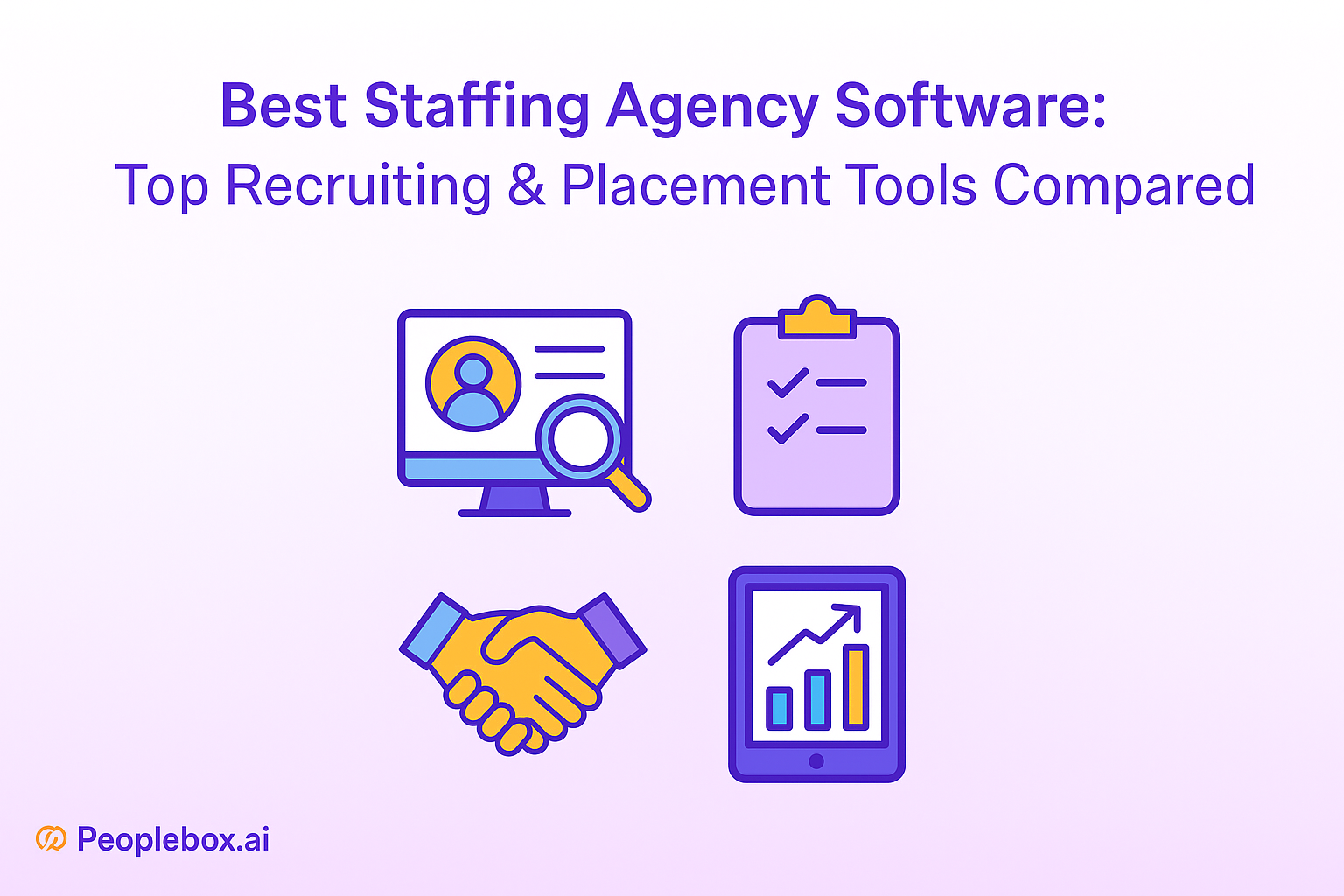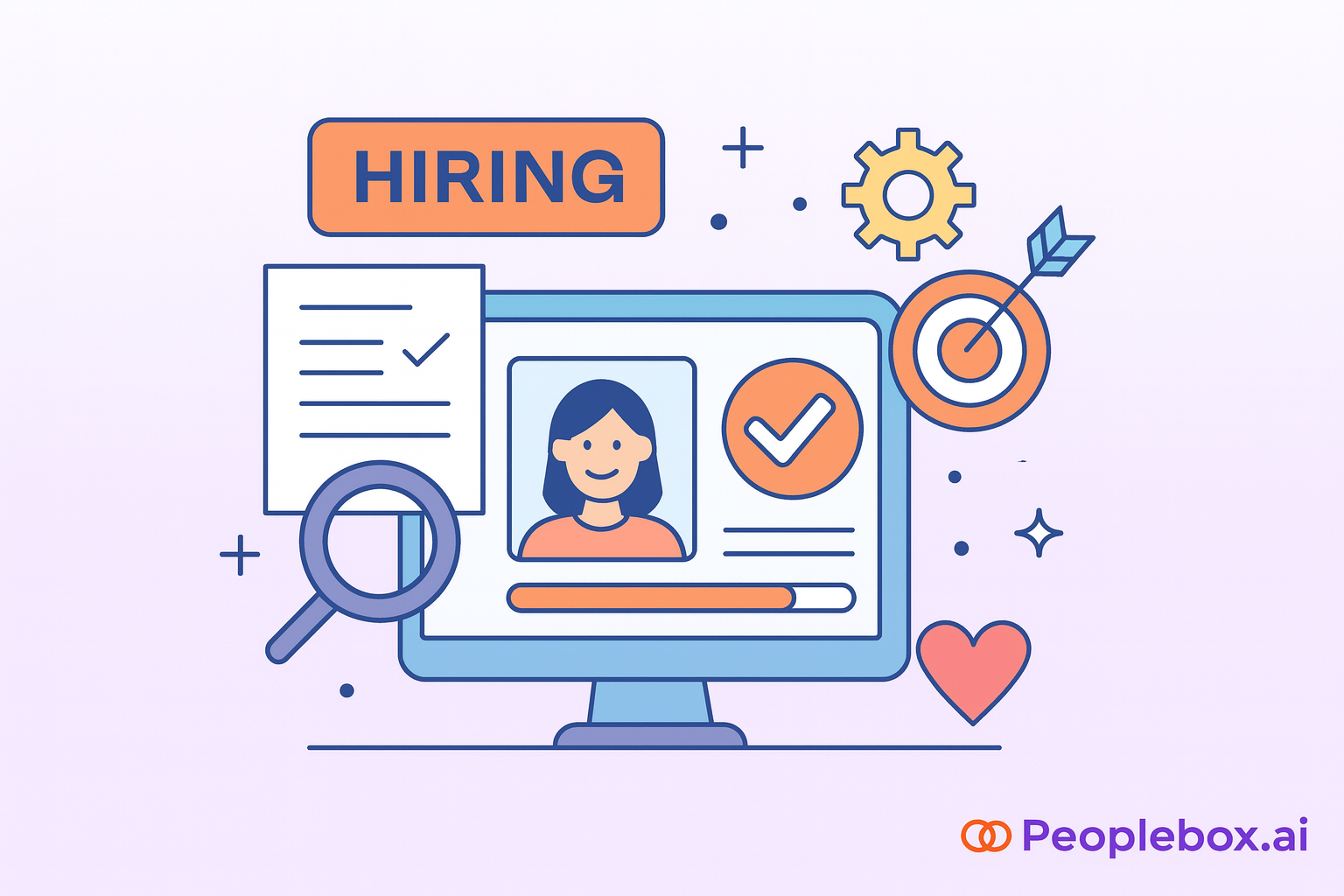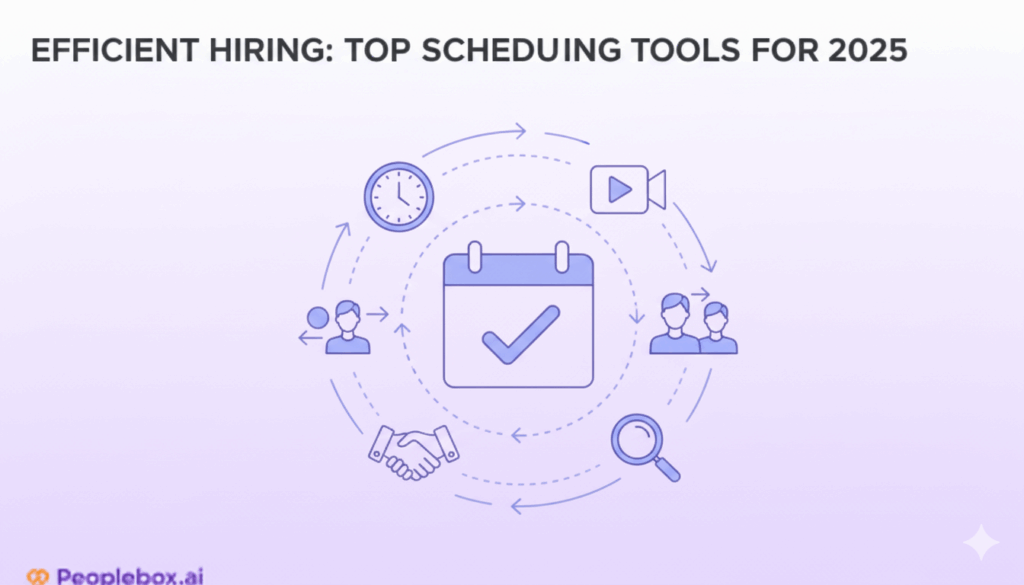Job analysis might sound like a complex HR concept, but it can be a gamechanger for your organization. It’s about more than defining roles—it’s about protecting your investment in people and seeing real, tangible returns.
Imagine investing in hiring and training a new employee, only for them to feel unprepared, mismatched to the role—and eventually leave. These moments aren’t just frustrating; they’re costly problems that erode team morale and impact your business success.
You deserve a better path forward.
Taking the time to define what each role truly requires isn’t merely creating another document—it’s building a foundation for organizational excellence. Think of job analysis as your roadmap for smarter hiring, stronger teams, and more engaged employees.
Whether you lead a growing startup or manage an established team, the insights here can help you make strategic decisions that enhance your most valuable asset: your people.
Discover five proven benefits of job analysis that transform your approach to building and leading successful teams.
But First, What is Job Analysis?
Job analysis is the process of studying and documenting what a job involves. This means looking at the main tasks, skills, and requirements needed for a specific role. It forms the base for almost all major HR functions, like hiring, onboarding, performance reviews, and training.
By doing a job analysis, you can:
- Clearly define what each job is responsible for, making expectations clear and setting employees up for success.
- Find the best candidates by knowing exactly what skills and traits are needed for the role.
- Show how each role supports your company’s goals, helping employees see how their work makes a difference.
Job analysis isn’t just a one-off task. It’s an ongoing effort that helps HR leaders build stronger teams and support growth.
What Are the Top 5 Benefits of Job Analysis?
1. Improving Recruitment Effectiveness and Reducing Hiring Costs
With Job analysis, you can define the essential qualifications, skills, and characteristics needed for a role. This makes it easier to attract candidates who are a better match and reduces hiring mistakes.
📚Example: A mid-sized software development company struggles with high turnover among its developers, primarily due to skill mismatches. After conducting a thorough job analysis, the HR team identified that success in this role requires strong problem-solving skills, experience in agile project management, and knowledge of specific programming languages. Then, they update the job description with these refined criteria to attract candidates with a better fit. Over time, they notice reduced turnover and improved team productivity as new hires align more closely with the role’s demands.
Also Read: How to improve employee productivity in remote teams?
2. Driving Performance through Targeted Training and Development
Through job analysis, you can determine the specific competencies required for each role and design training programs that directly address any skill gaps. This also helps with employee development and benefits individual growth and organizational performance.
📚Example: A logistics company introduces a new technology platform for tracking inventory, but many employees struggle with the transition. Through job analysis, HR identifies that the inventory management role now requires basic data analysis skills, which were not previously critical. So, they design a targeted training program focused on these new skills to help employees adapt quickly to technological change.
3. Optimizing Compensation to Improve Retention and Engagement
Job analysis includes analyzing the responsibilities, required skills, and complexity of each role so you have enough knowledge to decide on a fair and competitive compensation structure.
📚Example: An accounting firm conducts job analysis across its departments and finds that certain roles, such as forensic accountants, require more advanced analytical skills and higher workloads than initially considered. So, they revise their compensation packages and offer competitive salaries that reflect the role’s unique demands.
This change can improve employee retention in the long run as employees feel their expertise is valued.
4. Increasing Employee Satisfaction and Reducing Turnover
Job analysis clarifies role expectations, reducing ambiguity for employees and helping them feel more secure in their positions. When employees understand their responsibilities, they are more likely to feel engaged, satisfied, and committed to staying with the company.
📚Example: A growing retail chain notices that many new store managers leave within their first year, citing unclear expectations as a major frustration. In response, HR performs a job analysis of the store manager’s role, identifying essential duties, performance standards, and key challenges. They use this information to create a clearer, more detailed job description and onboarding program. New managers now have a better understanding of their roles from day one, leading to higher satisfaction and a significant decrease in early turnover.
5. Minimizing Legal Risks and Ensuring Compliance
Job analysis sets clear and fair requirements for each job, which helps reduce the chances of discrimination or unfair treatment claims. Through constant analysis, you set fixed criteria for hiring, promotions, and performance reviews, and job analysis is aligned with labor laws and protects you from legal issues.
📚Example: To prevent future issues with the labor department, you can analyze all your employees and establish clear, measurable promotion criteria based on skills, experience, and certifications. By implementing these objective standards, your organization can justify promotion decisions with documented evidence. This reduces the risk of discrimination claims and ensures a transparent promotion process.
Suggested Read: The Secrets to Successful Strategy Execution for Growing Startups
Job Analysis for Replacing an Employee – Process & Outcome
When conducting a job analysis for replacing an employee, the goal is to understand the responsibilities, tasks, and qualifications of the previous role and assess what worked or didn’t work with the past employee. This helps ensure that the new hire fits the role effectively and can adapt to the work environment.
✅ Focus:
The analysis may be more focused on the specifics of the tasks, the performance expectations, and the qualifications that were successful for the role in the past.
✅ Process:
You would review the previous employee’s performance, identify any gaps or changes needed in the role, and potentially refine the job description to match the evolving needs of the team or organization.
✅ Outcome:
Ensuring that the new hire meets or exceeds the standards set by the predecessor while aligning with any changes in the team structure or company goals.
| How Peoplebox eases out Job Analysis? Peoplebox.ai allows you to dive into Performance Reviews and the 9-box grid to assess the previous employee’s performance. By reviewing how well the former employee performed in the role, you can identify the skills, behaviors, and competencies that led to their success (or failure) in that role. This data is invaluable in refining the job description and identifying the key qualifications and skills needed for the replacement role. Request a demo with us today and take Job Analysis to the next level ! |
Performance Review Platform
Get a glimpse of how Peoplebox make performance reviews painless, actionable and fair
Benefits of Job Analysis for a New Position – Process & Outcome
When hiring for a new position, the job analysis is focused on defining the role from scratch, without the context of a predecessor’s performance or work. Here, the goal is to clearly define the tasks, responsibilities, and qualifications required for the role to ensure it aligns with the company’s broader objectives.
✅Focus:
The analysis focuses on understanding how the new role fits into the organization’s structure, what specific tasks and responsibilities it will have, and what skills or qualifications are needed. This might involve gathering input from different departments or teams about what they need from the new role.
✅Process:
You would work closely with various stakeholders to identify gaps within the organization, understand the strategic direction of the company, and design the role based on current and future needs.
✅Outcome:
Creating a clear and compelling job description that attracts the right candidates and supports the company’s goals, from the beginning of the hiring process.
Data-Driven Role Definition
Peoplebox’s Performance Management and OKRs allow HR to analyze data on team goals and business reviews, helping to define the new role’s core responsibilities. With real-time data on company objectives and department performance, you can shape the new role to fill specific gaps or drive particular strategic goals.
Ready to enhance your HR strategy with effective job analysis? Book a demo with Peoplebox today.






